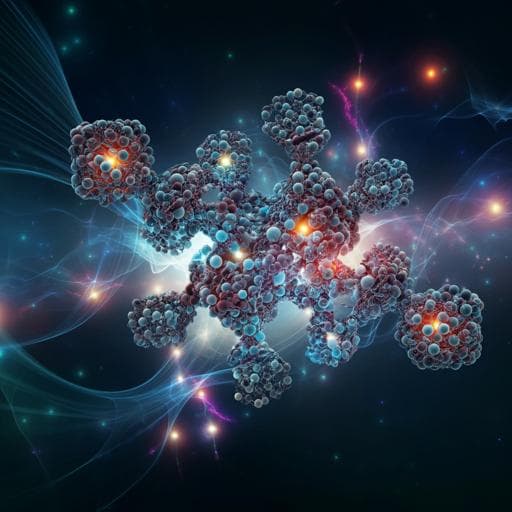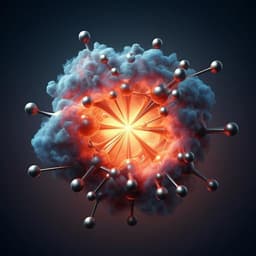
Chemistry
High-throughput computational-experimental screening protocol for the discovery of bimetallic catalysts
B. C. Yeo, H. Nam, et al.
Discover the groundbreaking approach developed by Byung Chul Yeo and colleagues that combines computation with experimental validation, resulting in a high-throughput screening protocol for bimetallic catalysts. This innovative study identifies promising alternatives to palladium, showcasing the superior performance of Ni61Pt39, which outshines traditional catalysts.
~3 min • Beginner • English
Related Publications
Explore these studies to deepen your understanding of the subject.







